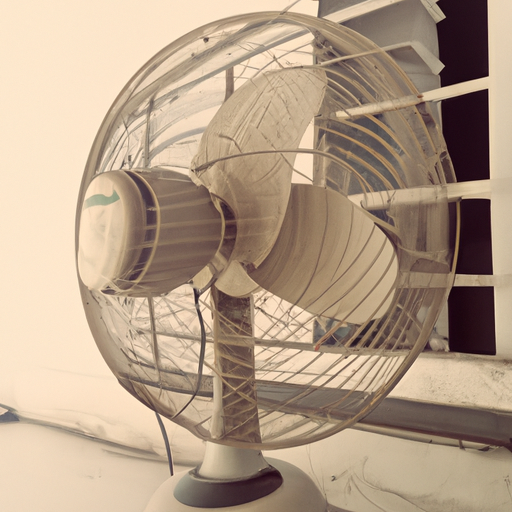Fans are a common household appliance used to regulate the flow and temperature of indoor air. With the continuous development of technology, the types of fans are becoming more and more diverse. In the market, there are many mainstream fan models. Here we introduce some common mainstream models.
The first is the traditional desktop fan. This fan is usually placed on a table or on the ground, generating wind through rotating blades to drive air flow. Desktop fans generally have multiple adjustable wind speeds to meet the needs of different groups of people. They are usually cheaper and easier to operate, making them a common choice for homes and offices.
Next is the ceiling fan. A ceiling fan is a fan installed on the ceiling that generates wind through rotating blades to circulate indoor air. Ceiling fans are usually larger and suitable for large spaces such as living rooms and dining rooms. They can not only regulate indoor temperature, but also play a decorative role and enhance the beauty of indoor space.
There are also wall-mounted fans. A wall-mounted fan is a fan that is mounted on the wall and generates wind through rotating blades to circulate indoor air. Wall-mounted fans are usually more space-saving and suitable for use in small spaces or places that require fixed installation. They are simple to operate and easy to install, making them a practical fan model.
In addition to the above mainstream models, some new types of fans are gradually gaining favor among consumers. For example, bladeless fans. Bladeless fans are fans that use airflow enhancement technology. They do not have traditional blades and use aerodynamic principles to generate wind to make indoor air flow. Bladeless fans are popular among many young people for their stylish appearance, high safety, and quiet operation.
In addition, there are some fan models with more intelligent functions, such as smart fans. Smart fans can be remotely controlled through mobile phone apps, and can set timer switches , wind speed adjustment and other functions, making it convenient for users to use in different occasions. Smart fans can also be connected to smart home systems to achieve a smart home experience.
In general, there are many mainstream models of fans, each with its own characteristics and applicable occasions. Consumers can choose the appropriate model according to their needs and preferences when choosing a fan. With the continuous development of technology, the functions and performance of fans are also constantly improving. I believe that in the future there will be more intelligent fan models, bringing more convenience and comfort to people's lives.
Fans are a common household appliance used to regulate the flow and temperature of indoor air. With the continuous development of technology, the types of fans are becoming more and more diverse. In the market, there are many mainstream fan models. Here we introduce some common mainstream models.
The first is the traditional desktop fan. This fan is usually placed on a table or on the ground, generating wind through rotating blades to drive air flow. Desktop fans generally have multiple adjustable wind speeds to meet the needs of different groups of people. They are usually cheaper and easier to operate, making them a common choice for homes and offices.
Next is the ceiling fan. A ceiling fan is a fan installed on the ceiling that generates wind through rotating blades to circulate indoor air. Ceiling fans are usually larger and suitable for large spaces such as living rooms and dining rooms. They can not only regulate indoor temperature, but also play a decorative role and enhance the beauty of indoor space.
There are also wall-mounted fans. A wall-mounted fan is a fan that is mounted on the wall and generates wind through rotating blades to circulate indoor air. Wall-mounted fans are usually more space-saving and suitable for use in small spaces or places that require fixed installation. They are simple to operate and easy to install, making them a practical fan model.
In addition to the above mainstream models, some new types of fans are gradually gaining favor among consumers. For example, bladeless fans. Bladeless fans are fans that use airflow enhancement technology. They do not have traditional blades and use aerodynamic principles to generate wind to make indoor air flow. Bladeless fans are popular among many young people for their stylish appearance, high safety, and quiet operation.
In addition, there are some fan models with more intelligent functions, such as smart fans. Smart fans can be remotely controlled through mobile phone apps, and can set timer switches , wind speed adjustment and other functions, making it convenient for users to use in different occasions. Smart fans can also be connected to smart home systems to achieve a smart home experience.
In general, there are many mainstream models of fans, each with its own characteristics and applicable occasions. Consumers can choose the appropriate model according to their needs and preferences when choosing a fan. With the continuous development of technology, the functions and performance of fans are also constantly improving. I believe that in the future there will be more intelligent fan models, bringing more convenience and comfort to people's lives.







